We may earn money or products from the companies mentioned in this post. This means if you click on the link and purchase the item, I will receive a small commission at no extra cost to you ... you're just helping re-supply our family's travel fund.
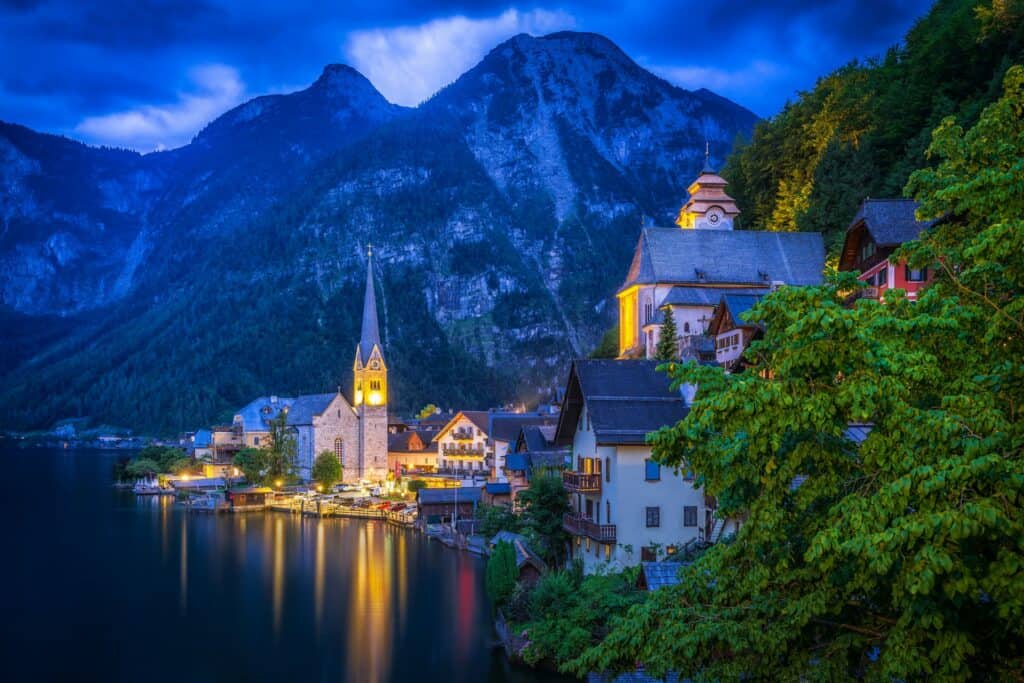
History feels different where doors still creak on hand cut hinges and evenings fall to lantern light. In a few rare villages, time moves at a human pace, and old trades still set the day. Stone lanes, timber frames, and rhythms set by harvest and tide hold their ground against hurry. Autumn suits these places, but so do quiet winters and soft spring rains. What this really means is simple. Memory lives in the street plan, and the past arrives as a lived in present.
Alberobello, Italy
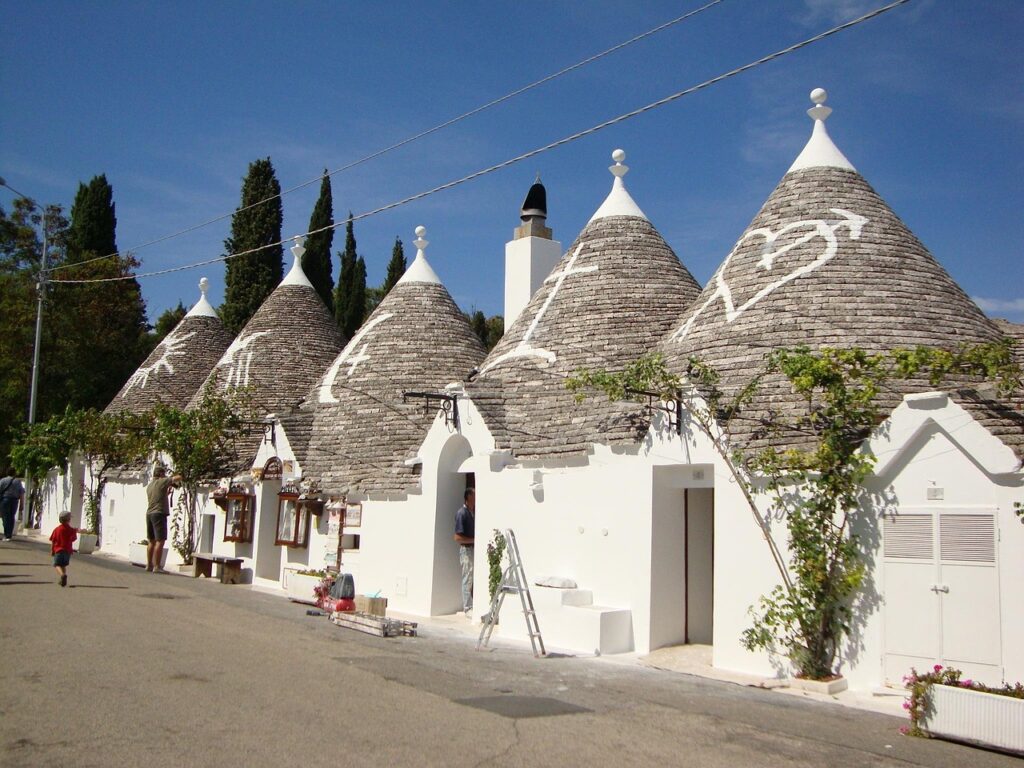
Whitewashed cones rise in close ranks, each trullo stacked without mortar, capped by a limestone pinnacle that sheds heat and rain. The plan reads like a practical manual written in stone, with alleys bending to wind and work. Olive groves press to the edge, and shop signs stay modest out of respect. Evenings soften glare into chalk and shadow, bread and lime in the air. Craft survives as method, not display, and the village keeps its calm center.
Shirakawa-go, Japan
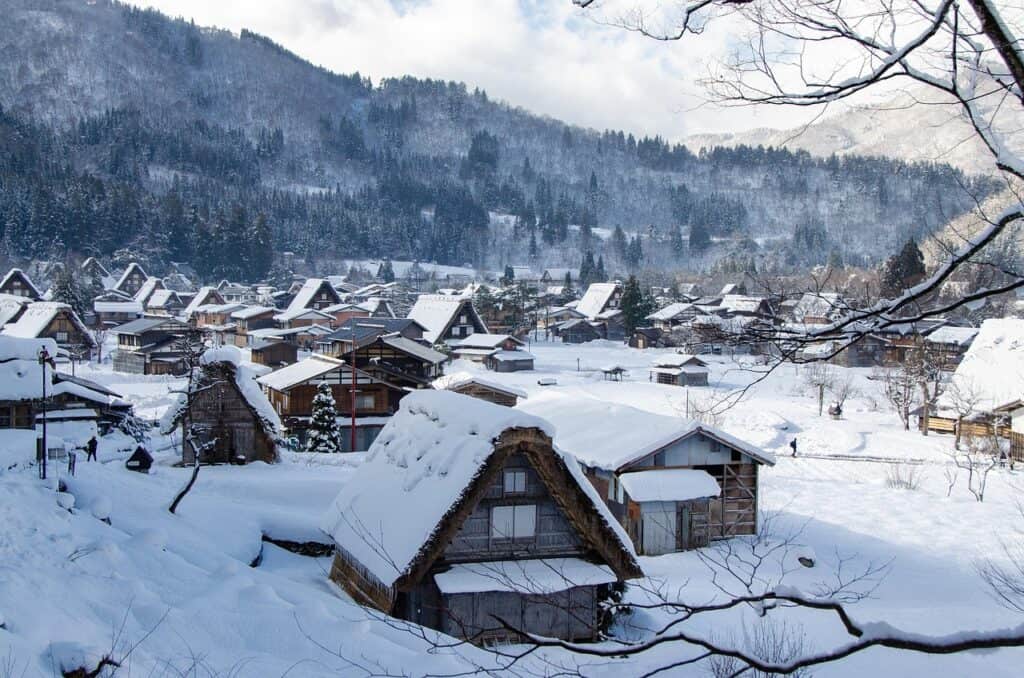
Thatched farmhouses stand broad and steady, their steep gassho roofs meeting like hands to shrug off heavy snow. Timber frames breathe with the seasons, and warm attics once cured silkworms under the scent of resin. Water channels trace the lanes, rice pads mirror sky, and smoke lifts in thin threads at dusk. Winter wraps the hamlet in deep quiet, yet summer still feels measured. Every joint shows patient skill, and the scale remains kind to daily life.
Hahoe Folk Village, South Korea
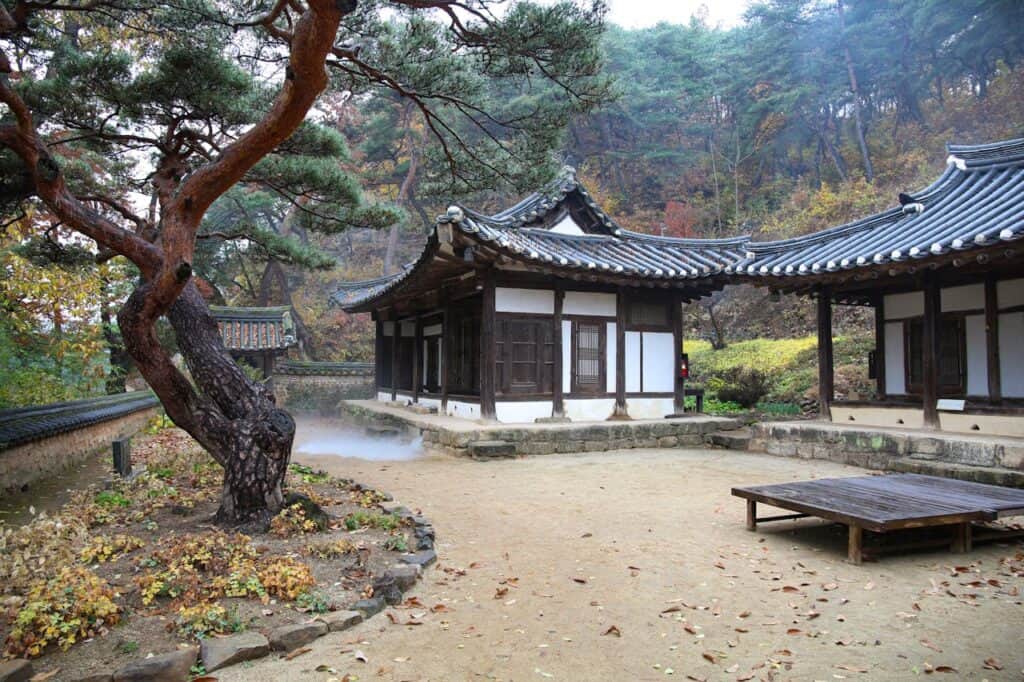
Mud walls and tiled eaves hold a bend of the Nakdong River like a horseshoe, with low mountains keeping watch from behind. Confucian academies anchor the plan, zelkova shade marking courtyards where ceremony and study share space. Masks from the Hahoe dance grin from workshops, proof that satire and ritual have always mixed. Persimmons dry on strings, wood creaks, and sweep lines stay clean. The result feels formal without stiffness, practical without losing grace.
Aït Benhaddou, Morocco
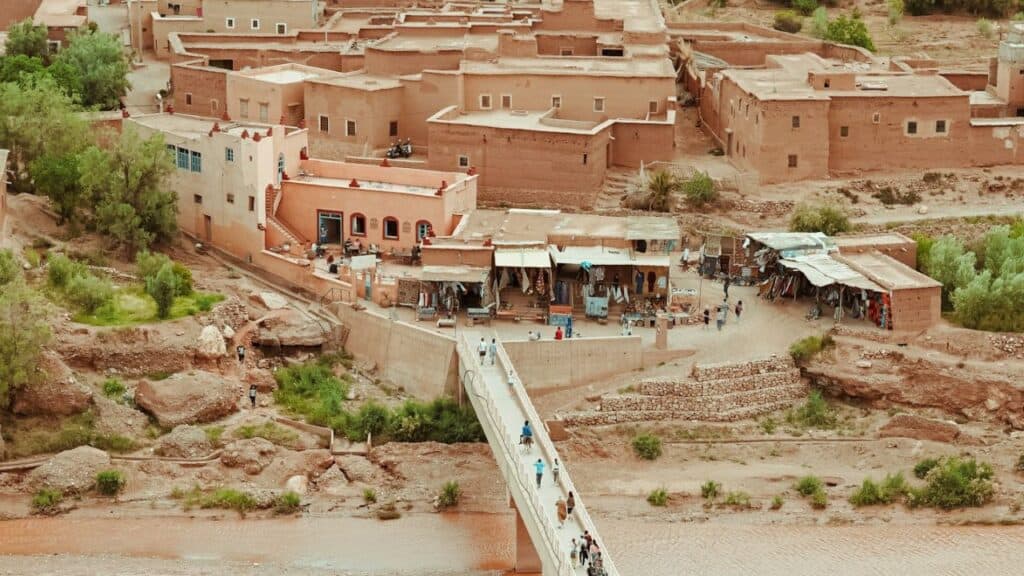
A fortified ksar rises from the Ounila Valley in sun fired clay, towers cut with small windows that hold both breeze and shadow. Inside, stepped lanes thread between granaries and homes, each wall reading like folded earth. Traders once crossed here toward Atlas passes and the coast, and barter seems to hang in the air. Late light turns facades to copper, and night stores the day’s heat. The place explains itself through texture, not talk.
Giethoorn, Netherlands
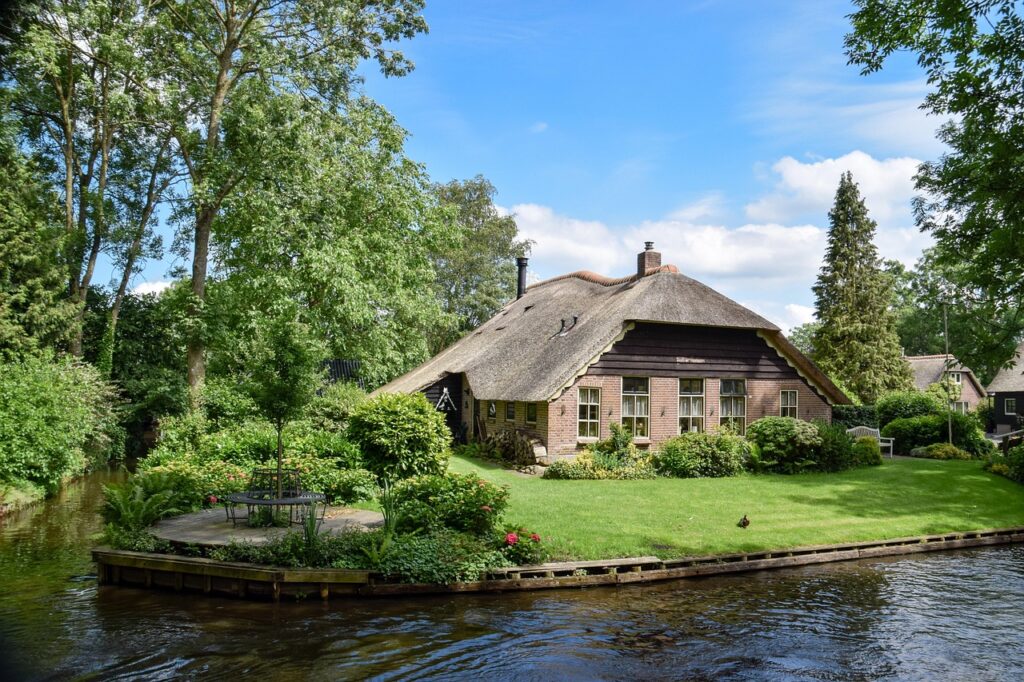
Thatched farmhouses sit low to water, gardens clipped neat, and bridges arc like ribs over narrow canals. Boat wakes replace traffic, so sound arrives as oar tap, duck chatter, rope thud on timber. Reeds sway at the edge of peat lakes, and the horizon stays green and near. Winter sometimes freezes a narrow rink between yards; summer trades ice for lilies and light. Here, quiet acts like infrastructure, built into paths, moorings, and daily errands.
Óbidos, Portugal
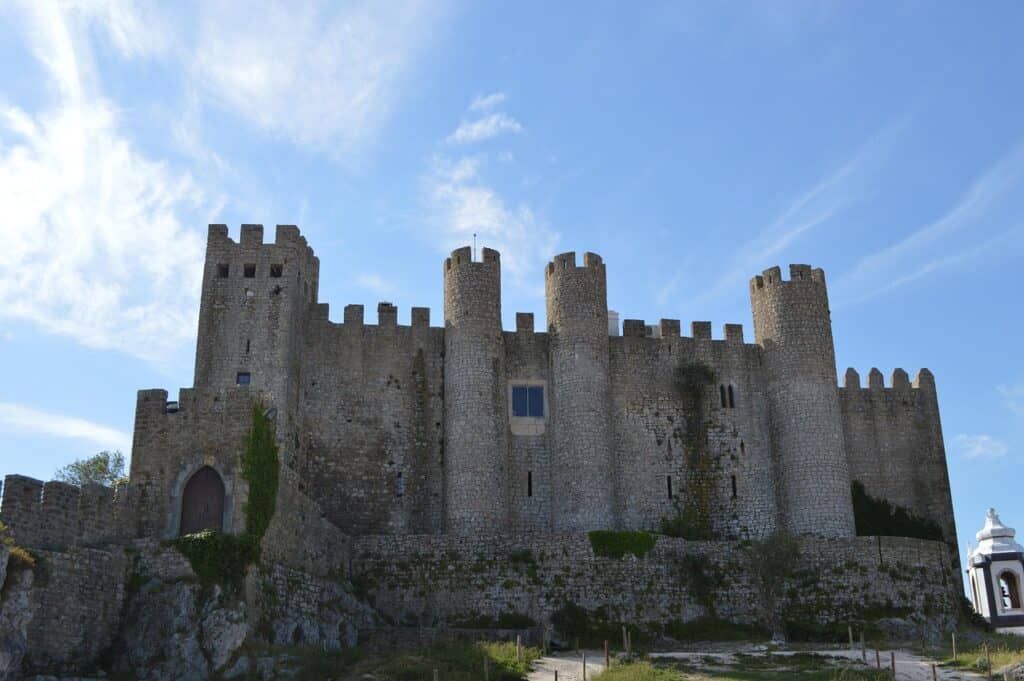
White walls with blue trim lean toward a cobbled spine, all wrapped by battlements that still feel useful. The gate holds a tiled chapel, proof that thresholds once taught as well as guarded. Bookshops bloom in old rooms, including a grocery where novels share shelves with wine and sardines. Sea wind meets warm stone, and bougainvillea threads color through lime. From the wall, orchards, tiles, and sky fold into one long sentence that still reads clearly.
Bibury, England
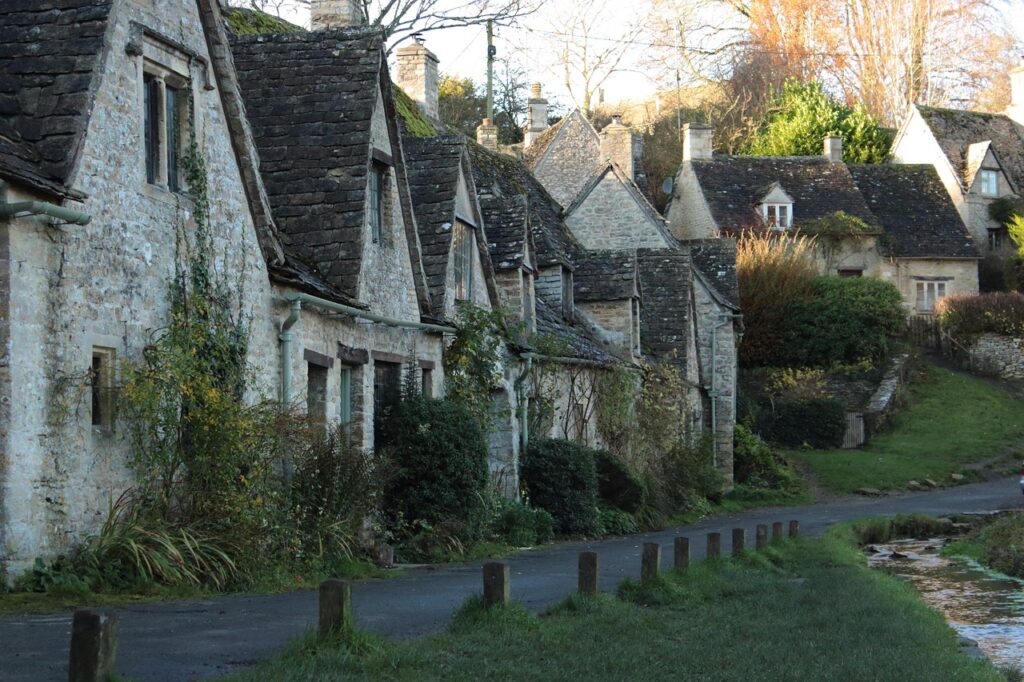
Arlington Row settles beside the Coln like a watercolor that refuses to dry, its weavers cottages low, narrow, and carefully mended. Water meadows keep their wet gloss, trout flicker in slick runs, and lichen writes slow script across stone. Thin chimneys draw steady lines into cool air, doors open to a scale that favors kettle and stool. Traffic eases to footfall, and small voices carry. The village chooses moss and hedge over spectacle and holds its shape.
Èze, France
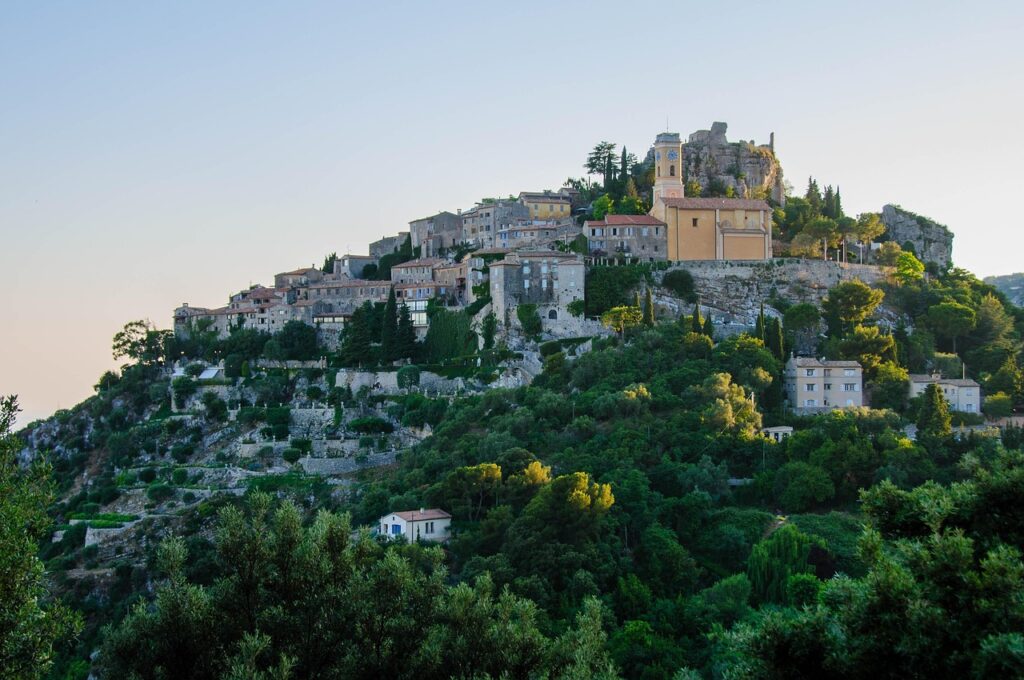
A medieval eagle’s nest clings to a limestone spur above the Mediterranean, lanes curling through arches and cactus gardens toward a ruined keep. Doorways shrink to meet rock, and courtyards offer pockets of shade cut by clean sun. The air holds wild thyme and salt, and bells mark the hour like a slow metronome. From the crest, sea and sky stack in enamel bands. Below, tiled roofs huddle as if still planning for siege.
Göreme, Turkey
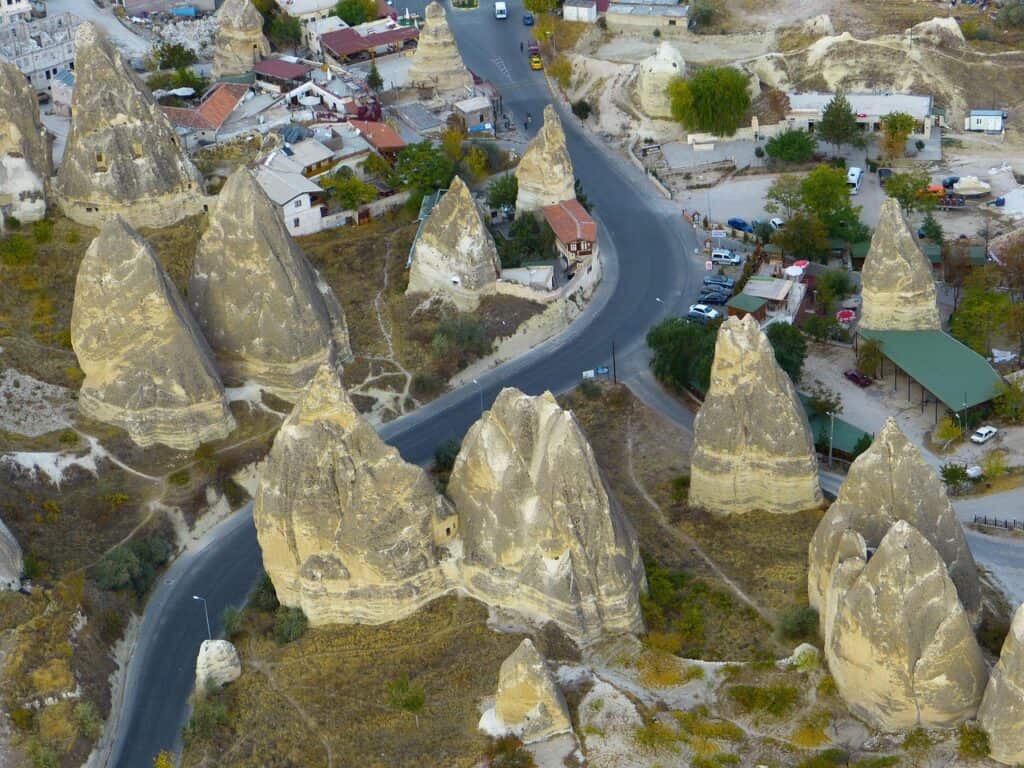
Houses and chapels rise from soft tuff, frescoes quiet in cave apses where pigment keeps its color. Fairy chimneys stand in ranks across pale valleys, their caps throwing kind shade. Dawn brings balloons that move with the hush of cloth, and footsteps thicken dust to a fine flour. Workshops still carve within the rock rather than beside it. The village reads like a long talk between hand, wind, and volcanic time.
Reine, Norway
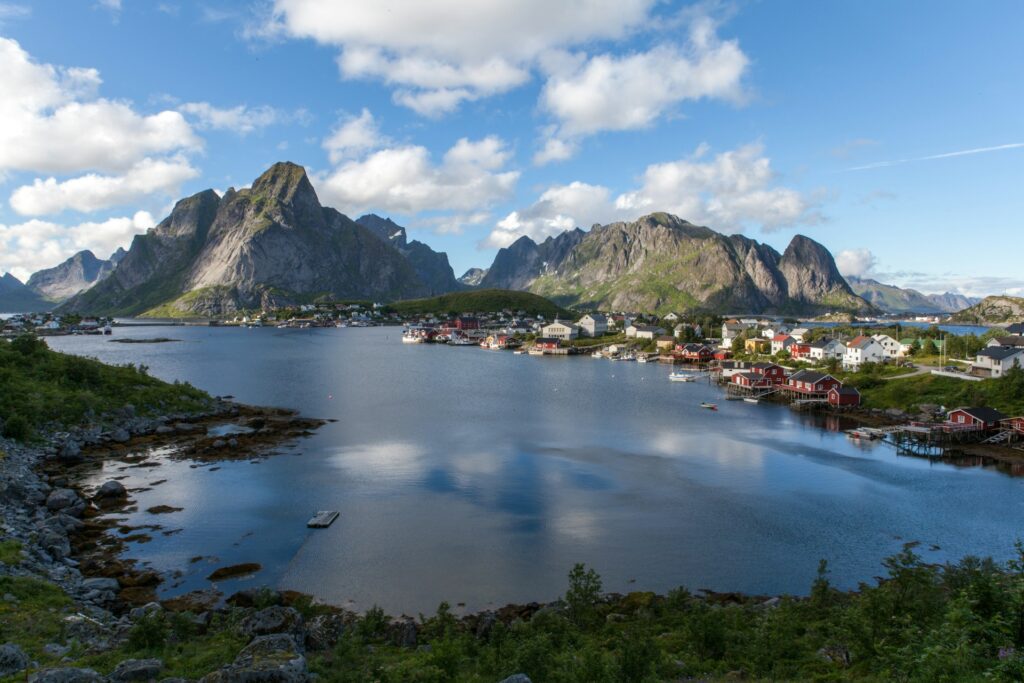
Rorbuer cabins lift on stilts above a sharp bright harbor, red paint vivid against slate peaks and skittish weather. Cod frames dry in clean wind, and boats stitch white seams across cobalt water. Light behaves like a material, turning glass, ice, and scales to the same high note. Winter offers a long blue noon, summer a sun that refuses to leave. Work answers the sea with steadiness, and the harbor answers back in kind.
Hallstatt, Austria
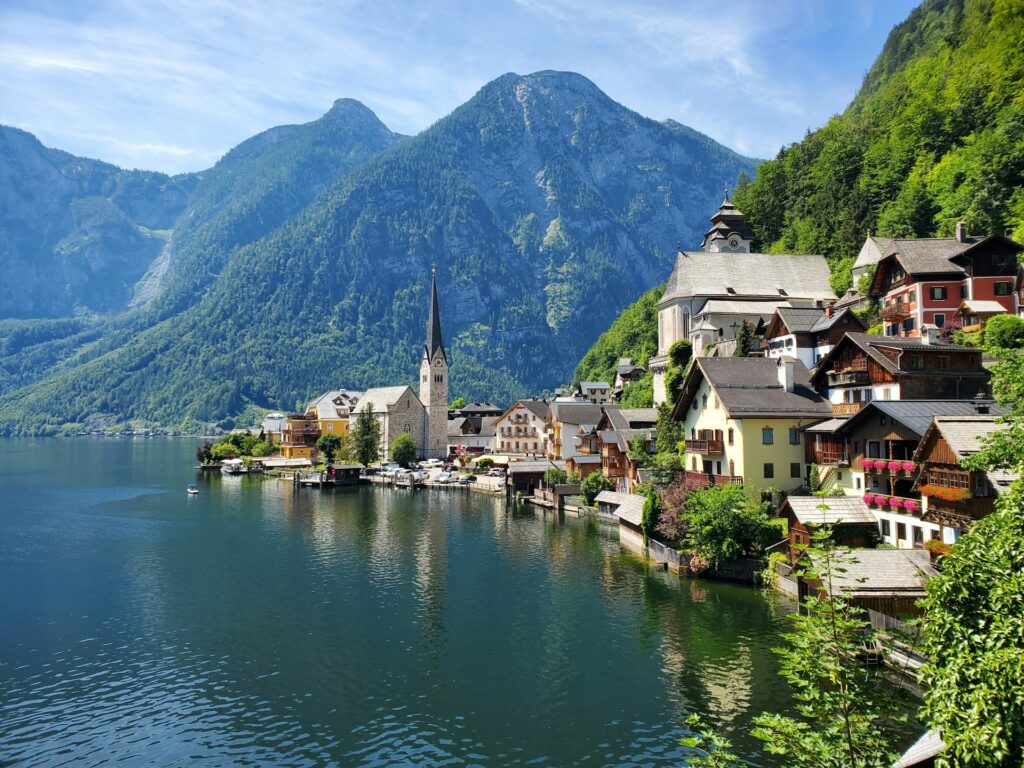
A church spire, stacked timber houses, and a salt road set the stage on a lake so still it feels carved. Salt built the town, and the museum tells that line in tools, graves, and carved pipes. Balconies wear geraniums like a quiet uniform, and the ferry moves at the pace of thought. Fog drops and roofs float, bells blur, and time stretches. Even busy hours leave room for hush, as if the lake holds veto power.